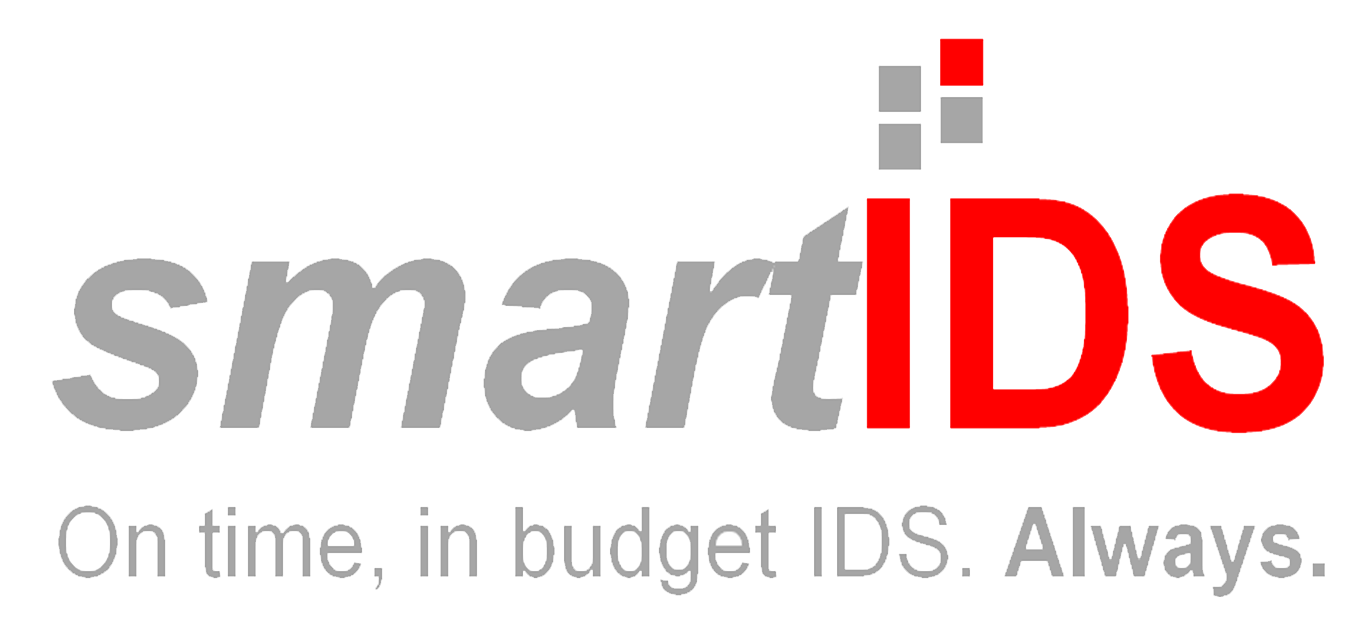It is the applicant’s responsibility to provide the USPTO with all essential information about the invention. As a duty of disclosure, an applicant presents all important invention details using an information disclosure or IDS form (IDF). The inventors, as well as any other parties engaged in the preparation and prosecution of the application, have this responsibility. The form typically includes information about the invention’s concepts, all active members, prior art, rectification problems, drawings and visual aids, references, and so on. Other issued patents, published patent applications, scientific journal articles, and other relevant published material are among the items included in IDS.
What Benefits Does it Serves?
As an inventor or applicant, making a full disclosure of your invention works in your favour. Below is an example of how a well-described information disclosure form can help your patent application pass through all of the prosecution toll-gates. It gets easy to draught the patent application after you have completed the information disclosure. This is due to the fact that the form spells out every technical and logical detail regarding the innovation. As a result, the patent attorney will have an easier time drafting it.
Instead of the inventor being the subject expert, the patent attorney can now frame broad claims without having to research every minute detail of the invention on his or her own. As a result, the inventor and the patent attorney develop a positive working relationship. A positive relationship is a clear indicator of a smooth workflow, which makes the prosecution process more reliable and simple. Providing this type of crucial assistance to the patent attorney will move the inventor one step closer to obtaining a patent for his or her creation.
After learning the importance of information disclosure, here you can find when and how you can file an Information Disclosure Statement.
IDS Form: Essential Elements
Take caution when filling out the information disclosure form, as it appears to apportion the inventor’s opinions for his or her creation. At the same time, it provides a thorough explanation of how your invention differs from prior art. The following are the primary areas of concern:
Invention Title: The title must match and indicate the functionality of the invention to a very specific and precise level. Also, with a title length of not more than 15 words.
Invention Area: depict the subject matter or the area of technology clearly in the title and the invention description area. Even the benefits must also clearly point out the application areas or the industrial applicability of the invention.
Prior art and rectified problem: Prior art and problems for rectification must clearly indicate the present status of the technology. This is with respect to the pending patent applications and the current developments. If your invention is in furtherance with any existing product, then give a distinguishing description of the invention from the closest prior art.
Invention Objective: objectives fulfill the requirements and importance of the invention. They fulfill the necessity of the invention when compared to the prior art. Whereas, the necessity portrays its importance when compared with the prior art. The objectives clearly depict that invention as a necessary step to improve the prior art.
Summary: Including summary and the mode of performing the invention, is a good practice. This part clearly reveals the main aspects of the invention. The summary provides the crux of the invention in a very concise format at a glance.
Detailed description: it includes all concerning factors, such as the nature of modifications, invention particulars, drawings examples and references in a detailed format.
Relevant drawings: drawings give a visual experience of your invention. Therefore, always attach all the drawings related to your invention. You can also pin the complex or important drawings or sketches on separate sheets for clarity.
Keywords: a set of keywords helps the attorney to understand the technical terms involved and makes the invention more lucid. This even helps in finding the exact arrangement of the patent elements.
Claims: Claims outline the scope of the invention, which in turns becomes the factor to decide the rights provided to an inventor, after the grant of the patent.
References: mention all the links related to the literature and patent search which are of similar nature as the invention.
Disclosure information: Sometimes, the disclosure information is also required which must depict the names and dates of the first disclosure of the invention. Inclusion of mode of disclosure (publication, presentation, or oral) makes the invention more transparent in front of the examiner. This enhances the chances of getting a patent.
Why SIDS?
We prepare ready-to-file Information Disclosure Forms in the USPTO-required format at the Smart IDS Solution. Our team adheres to the data’s obligations, maintains and updates it, and reports prior art references in a timely and correct manner. With our IDS invention, we ensure 100 percent quality assurance and are well regarded by our business clients from more than 60 countries. There are no licence costs, monthly fees, or storage expenses with us. To know more about our services, please visit SmartIDS Solution.
Other Related Articles:
Multiple Dependent Claims: When do we need them?
5 Major Benefits of Patent Paralegal Service
